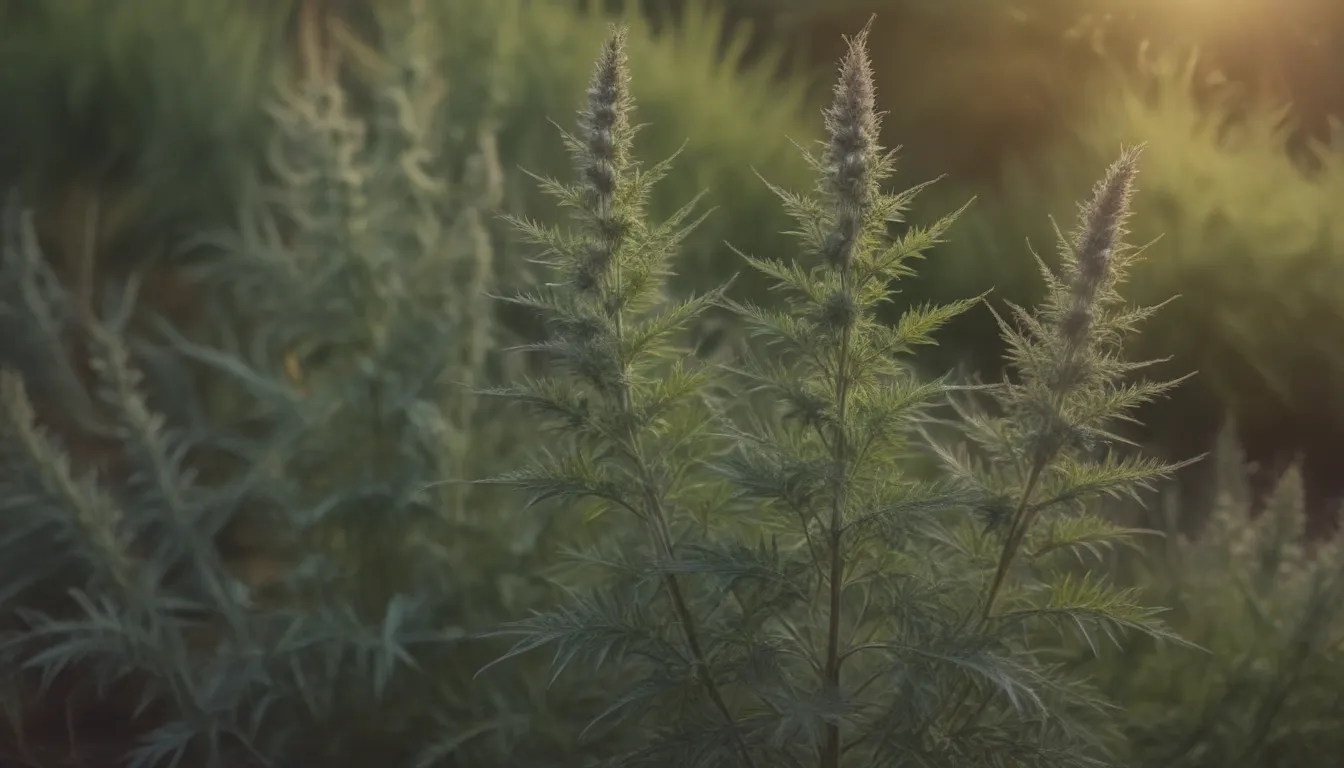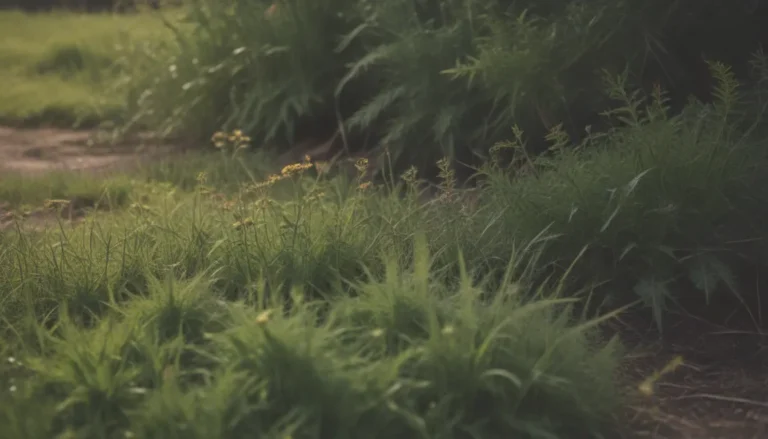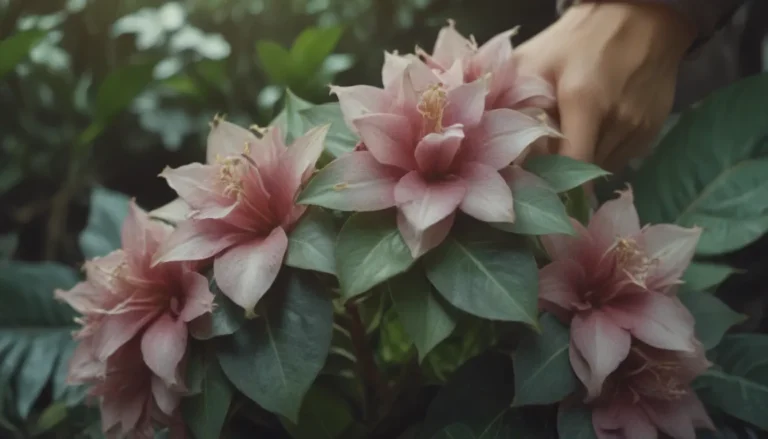The Ultimate Guide to Growing and Caring for Mugwort (Artemisia vulgaris)

Are you interested in adding a unique and versatile herb to your garden? Look no further than Mugwort, also known as Artemisia vulgaris. This perennial herb has a rich history and offers a plethora of benefits for both your garden and your health. Dive into this comprehensive guide to learn everything you need to know about growing and caring for Mugwort.
Mugwort: An Overview
Mugwort is not just your average herb – it’s a powerhouse of benefits and uses. Here’s a quick overview of this fascinating plant:
- Aromatic Properties: Mugwort is known for its aromatic qualities, which are thought to enhance dreaming during sleep.
- Medicinal Uses: This herb has been traditionally used as a digestive tonic and for its antifungal and antiseptic properties.
- Culinary Uses: Mugwort has been used as a flavoring agent in cooking and distilling.
- Ornamental Value: In addition to its practical uses, Mugwort adds ornamental value to any garden setting.
- Attracts Pollinators: Bees and butterflies are attracted to Mugwort’s flowers, making it a pollinator-friendly plant.
- Fast-Spreading: Keep in mind that Mugwort is a fast-spreading plant and can be considered invasive in some regions.
With its impressive height, attractive foliage, and unique flowers, Mugwort is sure to make a statement in your garden.
How to Care for Mugwort
Taking care of Mugwort is relatively straightforward, but it does have some specific requirements to thrive. Here are some tips on how to care for this versatile herb:
Light
Mugwort thrives in full sunlight, but it can also tolerate partial shade. Ensure that your plant receives adequate sunlight throughout the day for optimal growth.
Soil
Mugwort is a hardy plant that can adapt to various soil types, including those with high alkalinity or nitrogen content. While it prefers slightly moist and well-draining soil, it can also survive in dry and infertile conditions.
Water
Avoid over-watering Mugwort, as excessively wet soil can lead to root rot. Young plants may benefit from regular watering to keep the soil lightly moist, but once established, Mugwort is drought-tolerant.
Temperature and Humidity
Mugwort can withstand a wide range of temperatures, but high heat and humidity can cause the foliage to droop. Keep an eye on your plant during hot summers to ensure it remains healthy.
Propagating Mugwort
You can easily propagate Mugwort through basal cuttings or by dividing the rhizomatous roots. Division of the roots can be done in the spring or fall, while establishing a cutting is best done in late spring when new growth appears.
Harvesting Mugwort
Mugwort can be harvested at various times of the year, with fall being a popular choice before the first frosts. Cut the top third of the plant and hang it in a dry, shady spot to dry out.
Growing From Seeds
If you prefer to start from seeds, sow Mugwort seeds close to the soil surface in early spring after a period of cold stratification. Keep the seeds moist and provide plenty of light for optimal germination.
Pruning
Regular pruning is essential for maintaining Mugwort’s health and appearance. Trim up to a foot off the top to encourage branching and a shrubby look. In colder regions, you can cut the plant back to the ground for overwintering.
Whether you’re a novice gardener or a seasoned pro, Mugwort is a valuable addition to any garden. With proper care and attention, this versatile herb will thrive and provide you with both practical and aesthetic benefits.
Common Mistakes to Avoid When Growing Mugwort
While Mugwort is a relatively low-maintenance plant, there are a few common mistakes to avoid to ensure its health and vitality. Here are some pitfalls to watch out for:
- Over-Watering: Avoid soggy soil conditions, as Mugwort is prone to root rot if over-watered.
- Poor Drainage: Ensure that your plant has well-draining soil to prevent waterlogged roots.
- Lack of Sunlight: While Mugwort can tolerate partial shade, it thrives in full sunlight. Make sure it receives adequate light throughout the day.
- Ignoring Invasive Potential: Be aware of Mugwort’s fast-spreading nature and potential invasiveness in some regions. Consider planting in containers to contain its growth.
By avoiding these common mistakes and following the care tips outlined above, you can enjoy a thriving Mugwort plant in your garden.
In Summary
Mugwort is not just a herb – it’s a versatile and valuable addition to any garden. With its aromatic properties, medicinal uses, and ornamental value, this plant offers a wide range of benefits for both you and the environment. By properly caring for Mugwort and avoiding common mistakes, you can enjoy a flourishing plant that adds beauty and functionality to your outdoor space. So why wait? Start growing and caring for Mugwort today and reap the rewards of this incredible herb.





